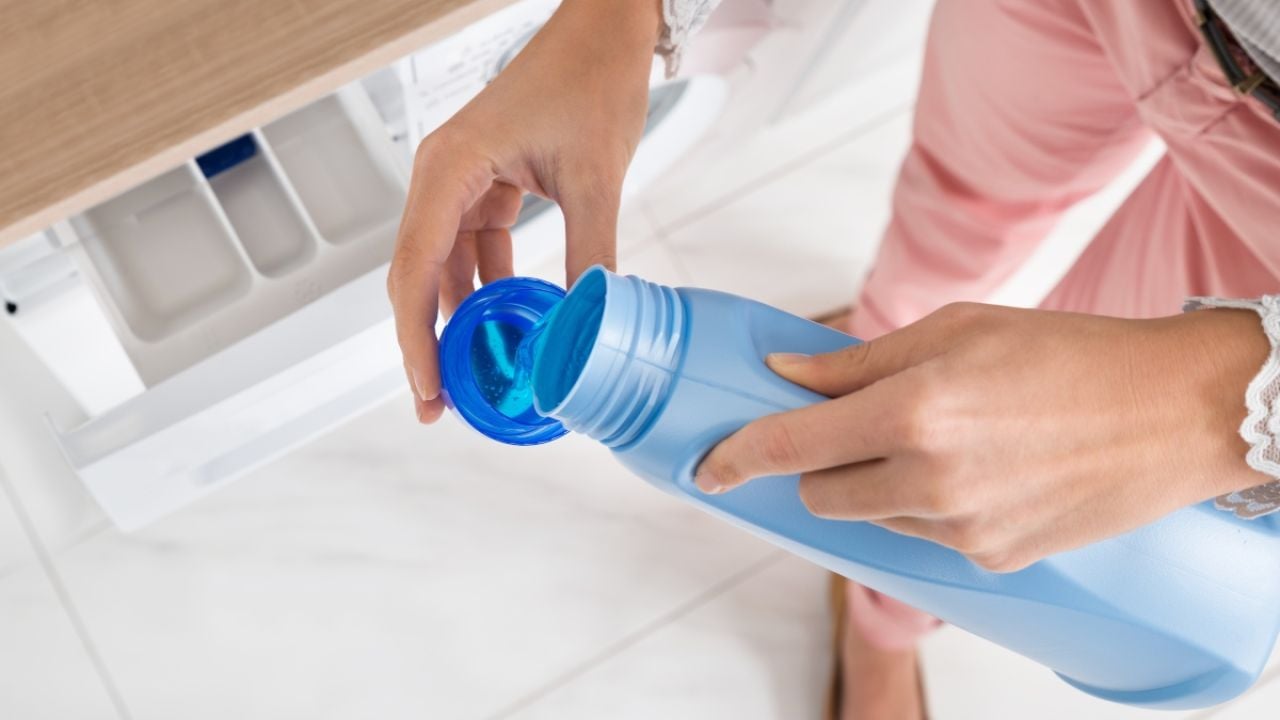
- Fragrance can be made up of a mix of any of more than 3,500 chemicals and gives personal care, cleaning and other products their unique smell.
- Some fragrance ingredients are toxic chemicals that can cause a range of health harms.
- Manufacturers aren’t required to list fragrance ingredients on the product label.
Introduction
Glance at the label of nearly any personal care or cleaning product, and chances are it’s scented with one “fragrance” chemical or a combination of them.
According to the International Fragrance Association, there are more than 3,500 fragrance chemicals in use today. And exposure to some of these substances can lead to a wide range of health problems.
But companies aren’t required to disclose the individual ingredients that make up a product's particular fragrance concoction.
Some fragrance allergens will have to be disclosed under a new federal law that passed in December 2022. But the Food and Drug Administration has not yet released the list of allergens that must be disclosed, and the requirements will not go into effect until at least 2025.
What is fragrance?
Many of us love our eau de parfum or cologne, products worn solely for their aroma.
But a wide range of other products are scented too, just not as their primary purpose. Take your pick: Maybe you use rosemary shampoo, lavender hand cream or citrus-smelling household cleaner, for instance.
Some of the scents in these products originated in nature. But most are the result of a combination of synthetic chemicals, sometimes hundreds of them.
These chemicals are rarely, if ever, listed on the ingredients label. Companies aren’t required to list them, because they’re considered a trade secret. Instead, they’re simply grouped under the umbrella words “fragrance,” “perfume” or “parfum,” or “aroma,” among others.
Products bearing the EWG VERIFIED® mark are an exception. The mark means a product is free from EWG chemicals of concern and meets our strictest standards for transparency and your health.
How we’re exposed
The average adult uses 12 personal care products a day – so most people are exposed to a lot of fragrance. Nearly everyone in the U.S. is exposed to at least one fragrance – possibly dozens or hundreds of chemicals from just that one ingredient – once a week, either from our own product use or from products around us.
Roughly two in five products in our Skin Deep® database contain some variant of the word “fragrance” in their description.
Fragrance chemicals, so-called masking agents, may even be added to consumer products claiming to be unscented if they’re needed to mask an otherwise unpleasant odor in a product claiming to be unscented.
Effect on health and the environment
Fragrance chemicals aren’t benign – exposure to them can lead to a range of health problems. They can disrupt the hormone system. Some are phthalates, which can harm the reproductive system. Another fragrance chemical, styrene, is linked to cancer. And fragrance chemicals can also cause allergic reactions in kids and adults.
Fragrance chemicals are also bad for the environment: Chemical vapors in fragrance, called volatile organic compounds, can cause ozone pollution and form fine particulates, according to one study.
How fragrance is regulated (it’s not)
The federal government should protect us from toxic chemicals, like some of those found in fragrance. The FDA regulates personal care products, including the fragrance they contain.
But the chemicals in fragrance mixtures aren’t required to go through FDA review before being put into use. Instead, the body that sets standards for fragrance is an industry trade group. Some fragrance allergens will have to be labeled on cosmetics in the future, but those regulations will not be in place for a couple of years.
How to minimize your exposure
In the absence of adequate FDA oversight of fragrance chemicals, here are a few ways to reduce your potential exposure:
- Don’t rely on products claiming to be “unscented,” since the term doesn’t rule out the presence of allergenic chemicals. It may also indicate the presence of masking agents that can cover up the scent of those allergenic chemicals. Always read the full list of ingredients to spot potentially allergenic chemicals.
- Consult Skin Deep, which contains ratings for more than 90,000 products and ingredients used in a wide range of personal care product categories, including baby, men’s and sun-care products. Products that score 1 or 2 are less likely to contain fragrance.
- Look for personal care and household cleaning products that bear the EWG VERIFIED mark. A product bearing the mark avoids ingredients of concern.
- Download EWG’s Healthy Living app, which makes it easy for you to scan products on store shelves and quickly see how they rate in Skin Deep.
- Keep an eye out for products that aren’t for personal care but that may contain fragrance, including cleaners and air fresheners. Many cleaners bearing the EWG VERIFIED mark do not contain fragrance.



